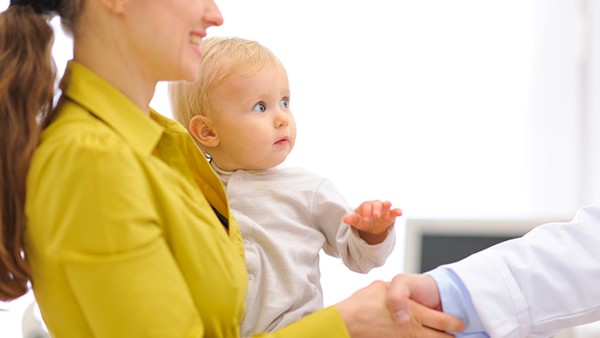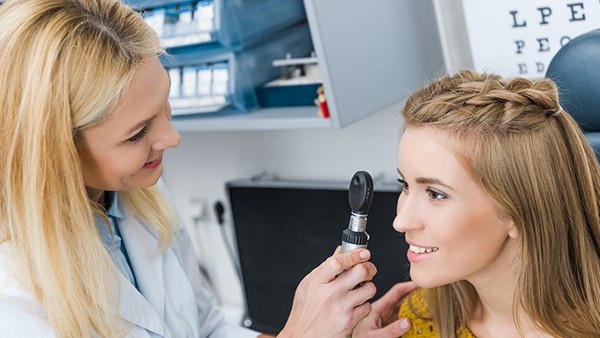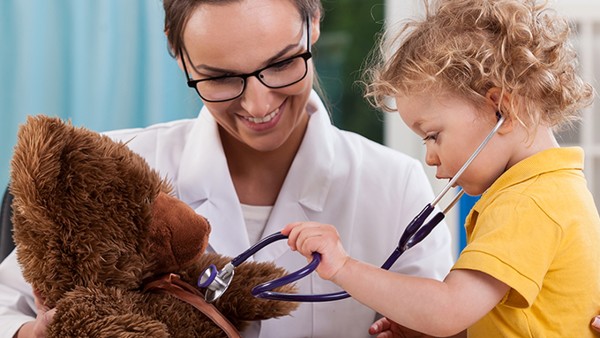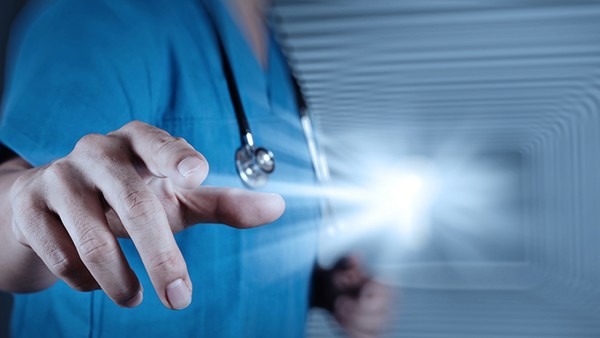Symptoms of Lung Heat and Cold

The lungs are one of the most important organs in the body, responsible for breathing and gas exchange. They are also susceptible to a variety of conditions, including heat and cold.
Symptoms of Lung Heat
Lung heat is a condition in which the lungs are too hot. This can be caused by a variety of factors, including:
External factors: such as exposure to heat or smoke
Internal factors: such as stress, anxiety, or anger
Symptoms of lung heat can include:
Cough: A dry, hacking cough is a common symptom of lung heat.
Wheezing: Wheezing is a whistling sound that occurs when the airways are narrowed.
Shortness of breath: Shortness of breath is a feeling of not being able to get enough air.
Chest pain: Chest pain is a sharp, stabbing pain that occurs in the chest.
Sore throat: A sore throat is a painful, scratchy feeling in the throat.
Hoarseness: Hoarseness is a loss of voice or a change in the quality of the voice.
Nasal congestion: Nasal congestion is a feeling of fullness or stuffiness in the nose.
Runny nose: A runny nose is a clear, watery discharge from the nose.
Sneezing: Sneezing is a sudden, involuntary expulsion of air from the nose and mouth.
Fever: A fever is a body temperature that is higher than normal.
Chills: Chills are a feeling of coldness or shivering.
Headache: A headache is a pain in the head.
Muscle aches: Muscle aches are a feeling of pain or stiffness in the muscles.
Fatigue: Fatigue is a feeling of tiredness or weakness.
Symptoms of Lung Cold
Lung cold is a condition in which the lungs are too cold. This can be caused by a variety of factors, including:
External factors: such as exposure to cold or wind
Internal factors: such as stress, anxiety, or grief
Symptoms of lung cold can include:
Cough: A wet, productive cough is a common symptom of lung cold.
Wheezing: Wheezing is a whistling sound that occurs when the airways are narrowed.
Shortness of breath: Shortness of breath is a feeling of not being able to get enough air.
Chest pain: Chest pain is a sharp, stabbing pain that occurs in the chest.
Sore throat: A sore throat is a painful, scratchy feeling in the throat.
Hoarseness: Hoarseness is a loss of voice or a change in the quality of the voice.
Nasal congestion: Nasal congestion is a feeling of fullness or stuffiness in the nose.
Runny nose: A runny nose is a clear, watery discharge from the nose.
Sneezing: Sneezing is a sudden, involuntary expulsion of air from the nose and mouth.
Fever: A fever is a body temperature that is higher than normal.
Chills: Chills are a feeling of coldness or shivering.
Headache: A headache is a pain in the head.
Muscle aches: Muscle aches are a feeling of pain or stiffness in the muscles.
Fatigue: Fatigue is a feeling of tiredness or weakness.
Treatment
The treatment for lung heat and cold depends on the underlying cause. In many cases, simple self-care measures can help to relieve symptoms. These measures include:
Rest: Getting enough rest can help to reduce stress and anxiety, which can trigger lung heat or cold.
Drink plenty of fluids: Staying hydrated can help to thin mucus and make it easier to cough up.
Use a humidifier: A humidifier can help to add moisture to the air, which can help to soothe dry throats and nasal passages.
Gargle with salt water: Gargling with salt water can help to relieve sore throats.
Take over-the-counter medications: Over-the-counter medications, such as cough suppressants and decongestants, can help to relieve symptoms of lung heat and cold.
In some cases, more serious medical treatment may be necessary. This may include:
Antibiotics: Antibiotics are used to treat bacterial infections that can cause lung heat or cold.
Steroids: Steroids are used to reduce inflammation in the lungs.
Oxygen therapy: Oxygen therapy is used to provide extra oxygen to the lungs.
Prevention
There are a number of things you can do to prevent lung heat and cold, including:
Avoid exposure to heat or cold: If you are exposed to heat or cold, take breaks to cool down or warm up.
Manage stress: Stress can trigger lung heat or cold. Find healthy ways to manage stress, such as exercise, yoga, or meditation.
Eat a healthy diet: Eating a healthy diet can help to boost your immune system and protect your lungs from infection.
Get regular exercise: Regular exercise can help to improve your overall health and well-being, which can help to reduce your risk of lung heat or cold.
Get vaccinated: There are vaccines available to protect against some of the viruses that can cause lung heat or cold.
The above is all the content that the editor wants to share with you. I sincerely hope that these contents can bring some help to your life and health, and I also wish that your life will be happier and happier.
Tags: #lung #of #symptoms










